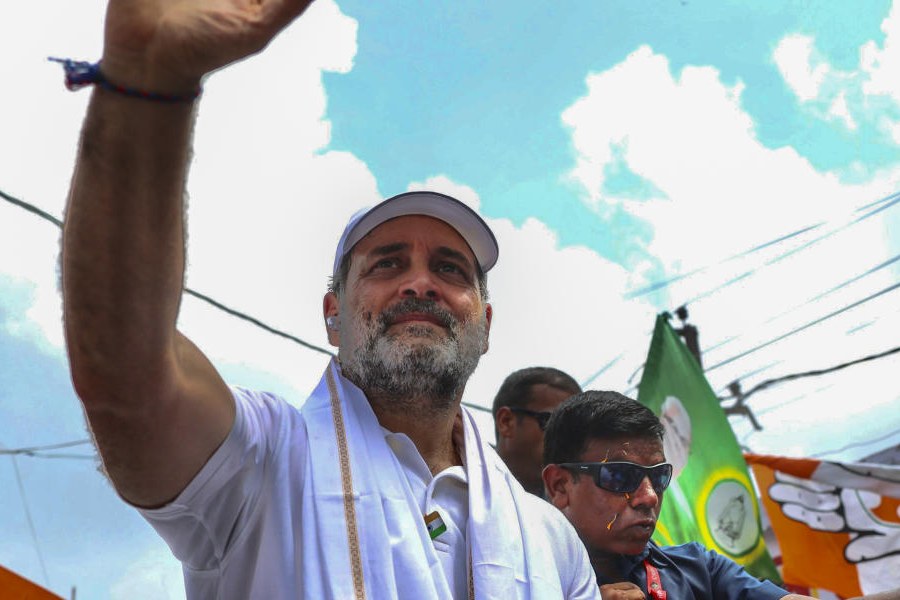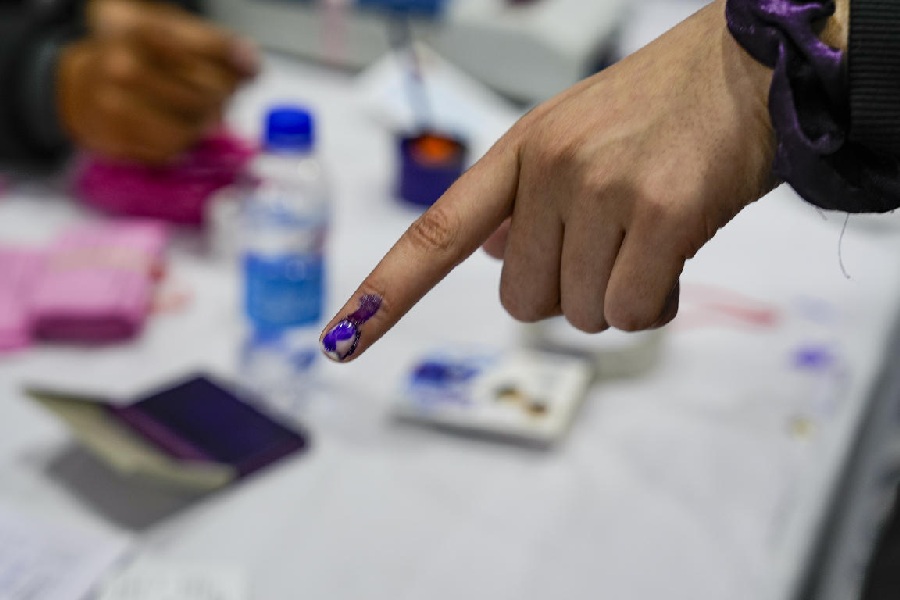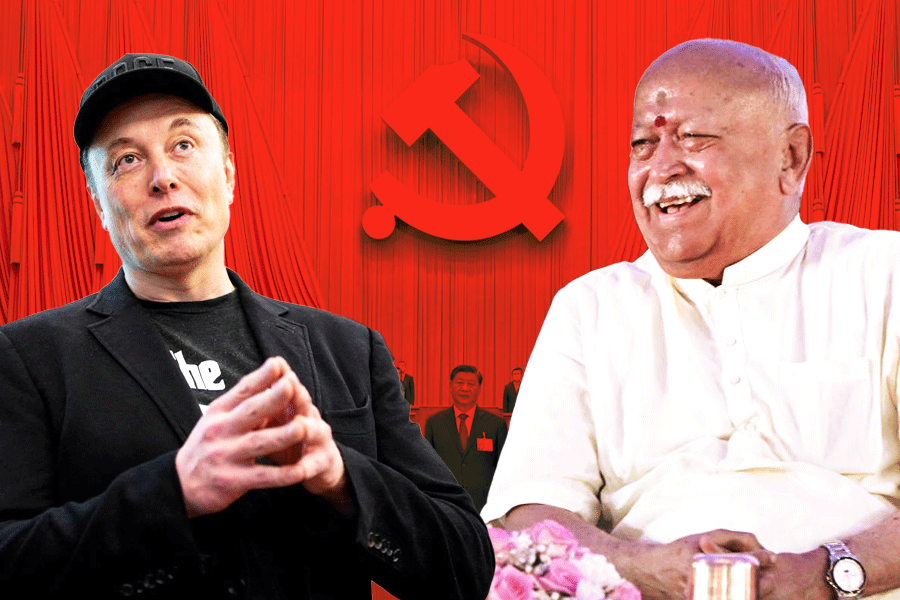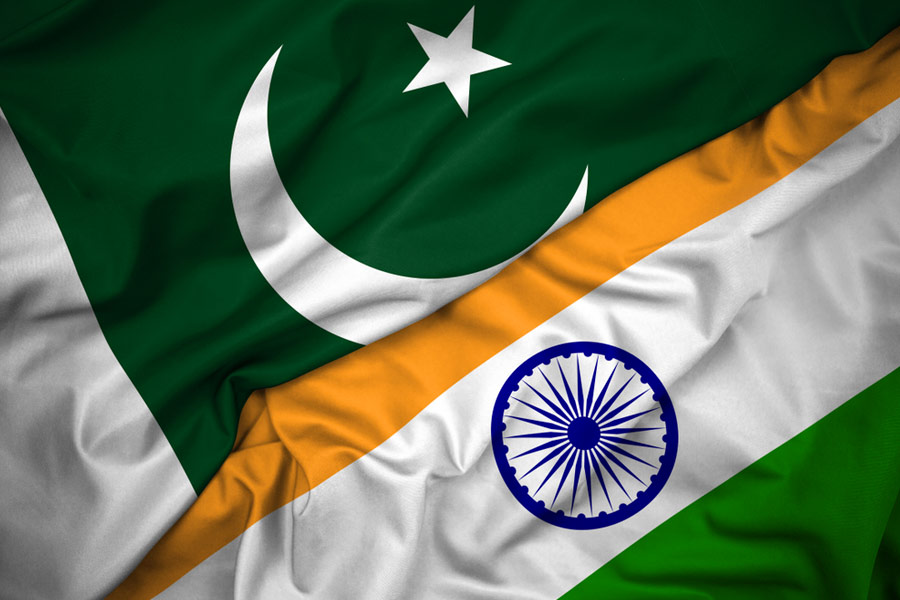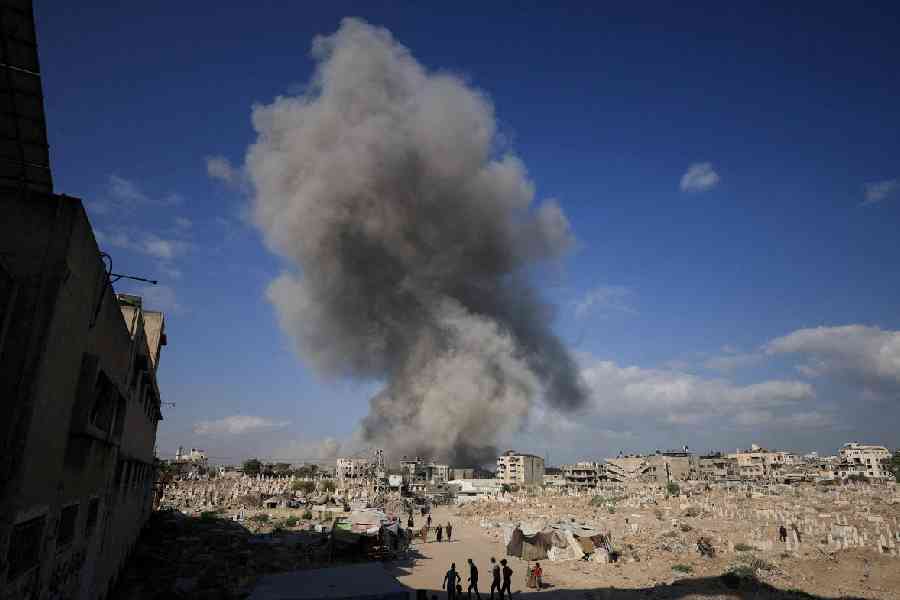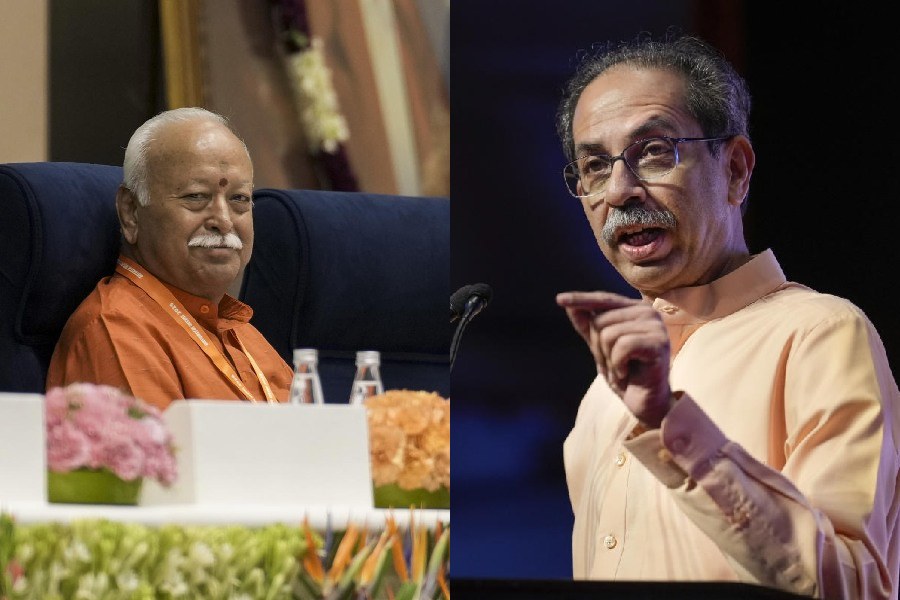How did the Maggi controversy originate?
Sometime in 2014, officials of the Uttar Pradesh food safety and drug administration department picked up samples of Maggi noodles sold at a retail outlet in the state for tests. The examination revealed the presence of lead, a potential toxin to humans, allegedly at levels several times beyond the permissible limits.
Why was there a delay in the disclosure of the test results?
After the state laboratory detected lead, it informed the manufacturer, as required by law, and allowed the company to challenge the state's finding by sending the same batch samples of the noodles to a testing laboratory operated by the Central government in Calcutta.
The process of allowing time for the company to exercise this option and waiting for the confirmatory results of the Calcutta laboratory to come in took several months. This is why the results of a batch manufactured in 2014 erupted into controversy in 2015.
What is Nestle India being accused of?
The company is being accused of laxity in its manufacturing processes that led to the contamination of a food product with a potential toxic element at levels far higher than the permissible limits. There are also allegations that the snack contains monosodium glutamate (MSG) in spite of a disclaimer in the package.
How dangerous is lead?
The human body has no requirement of lead. The World Health Organisation says there is no safe limit for lead in the human body. Lead that is ingested is distributed to the brain, liver, kidneys, and bones, where it accumulates over time. According to a WHO document on lead poisoning, young children are particularly vulnerable to the toxic effects of lead, especially on the brain.
In adults, lead poisoning can increase the risk of high blood pressure, kidney damage, while pregnant women exposed to high levels of lead face the risk of miscarriage, stillbirth, and premature birth, the WHO says.
How safe or unsafe is MSG?
MSG is a salt that enhances the tastes of certain foods. The US Food and Drug Administration considers the addition of MSG to food as "generally safe". But the FDA also cites a report from the Federation of the American Society of Experimental Biology that some sensitive persons who consume MSG without food may experience short-term symptoms such as headache, numbness, nausea, flushing, palpitations and drowsiness.
Are states now checking only Maggi or noodles of all companies?
After Uttar Pradesh authorities detected lead in the noodles, the Food Safety and Standards Authority of India (FSSAI), the central food regulator, ordered food safety commissioners in all states to pick up samples of Maggi noodles and test them. The Delhi government says it will test other brands also.
State regulators routinely pick up random samples of various food products and subject them to tests. During 2013-14, 72,000 samples were tested, among which 13,571 samples were found to be "non-conforming" to standards, according to FSSAI data released this week. Among these, prosecution was launched in 10,235 cases, and convictions or penalties were achieved in 3,845 cases. In 2014-15, 49,290 samples were tested, 8,469 were found "non-conforming" to standards.
What does "non-conforming to standards" mean?
The samples in some way did not meet the standards prescribed for the product. This could have been because of detection of undesirable ingredients in the final food product or some other breach of standards.
What is the plausible explanation for lead getting into the noodles?
For over a decade, health and toxicology experts across the country have been documenting the presence of heavy metals, including lead, in a number of raw materials that could go into making processed foods sold through the retail sector.
Lead has, for instance, been detected in samples of chocolates and candies sold in Mumbai, certain crops grown in Haryana, Bengal, Uttar Pradesh and paddy grown along the east coast.
Have there been any reports of harm/death because of eating Maggi noodles?
No.
What are the penalties for violations of food safety standards?
That depends on how standards have been violated. Breaches involving misbranding or misleading advertisements or substandard products are referred to district authorities who typically impose fines on the violators. But violations involving the presence of harmful materials such as lead in the food products are referred to a criminal court where prosecutors can seek fines as well as imprisonment.
THE INSTANT NOODLES STORY
India ranks fourth in the global market for instant noodles – behind China/Hong Kong, Indonesia, and Japan – with demand estimated at 5.34 billion packets in 2014. Demand has been declining in the top markets, except in India where it grew by over 7 per cent in 2014. Demand for instant noodles grew by over 80 per cent in India since 2010, says a report by the World Instant Noodles Association (Wina), a forum that draws its main support from the entity formed by Momofuku Ando, who invented instant noodles in Osaka (Japan) in 1958
Nestle India virtually created the instant noodles market when it launched the product in 1983. Top Ramen (Indo Nissin Foods) – which has links with Momofuku Ando’s entity – arrived in 1991, followed by Ching’s Secret (Capital Foods) in 1996 and Wai Wai (CG Foods) in 2005.
In the past few years, the big FMCG boys have moved into the market including ITC (Sunfeast Yippee!), Glaxo-Smithkline (Horlicks Foodles), and Hindustan Unilever Limited (Knorr Soupy Noodles). Since then, competition has heated up




